BMW 2011 Annual Report Download - page 215
Download and view the complete annual report
Please find page 215 of the 2011 BMW annual report below. You can navigate through the pages in the report by either clicking on the pages listed below, or by using the keyword search tool below to find specific information within the annual report.-
 1
1 -
 2
2 -
 3
3 -
 4
4 -
 5
5 -
 6
6 -
 7
7 -
 8
8 -
 9
9 -
 10
10 -
 11
11 -
 12
12 -
 13
13 -
 14
14 -
 15
15 -
 16
16 -
 17
17 -
 18
18 -
 19
19 -
 20
20 -
 21
21 -
 22
22 -
 23
23 -
 24
24 -
 25
25 -
 26
26 -
 27
27 -
 28
28 -
 29
29 -
 30
30 -
 31
31 -
 32
32 -
 33
33 -
 34
34 -
 35
35 -
 36
36 -
 37
37 -
 38
38 -
 39
39 -
 40
40 -
 41
41 -
 42
42 -
 43
43 -
 44
44 -
 45
45 -
 46
46 -
 47
47 -
 48
48 -
 49
49 -
 50
50 -
 51
51 -
 52
52 -
 53
53 -
 54
54 -
 55
55 -
 56
56 -
 57
57 -
 58
58 -
 59
59 -
 60
60 -
 61
61 -
 62
62 -
 63
63 -
 64
64 -
 65
65 -
 66
66 -
 67
67 -
 68
68 -
 69
69 -
 70
70 -
 71
71 -
 72
72 -
 73
73 -
 74
74 -
 75
75 -
 76
76 -
 77
77 -
 78
78 -
 79
79 -
 80
80 -
 81
81 -
 82
82 -
 83
83 -
 84
84 -
 85
85 -
 86
86 -
 87
87 -
 88
88 -
 89
89 -
 90
90 -
 91
91 -
 92
92 -
 93
93 -
 94
94 -
 95
95 -
 96
96 -
 97
97 -
 98
98 -
 99
99 -
 100
100 -
 101
101 -
 102
102 -
 103
103 -
 104
104 -
 105
105 -
 106
106 -
 107
107 -
 108
108 -
 109
109 -
 110
110 -
 111
111 -
 112
112 -
 113
113 -
 114
114 -
 115
115 -
 116
116 -
 117
117 -
 118
118 -
 119
119 -
 120
120 -
 121
121 -
 122
122 -
 123
123 -
 124
124 -
 125
125 -
 126
126 -
 127
127 -
 128
128 -
 129
129 -
 130
130 -
 131
131 -
 132
132 -
 133
133 -
 134
134 -
 135
135 -
 136
136 -
 137
137 -
 138
138 -
 139
139 -
 140
140 -
 141
141 -
 142
142 -
 143
143 -
 144
144 -
 145
145 -
 146
146 -
 147
147 -
 148
148 -
 149
149 -
 150
150 -
 151
151 -
 152
152 -
 153
153 -
 154
154 -
 155
155 -
 156
156 -
 157
157 -
 158
158 -
 159
159 -
 160
160 -
 161
161 -
 162
162 -
 163
163 -
 164
164 -
 165
165 -
 166
166 -
 167
167 -
 168
168 -
 169
169 -
 170
170 -
 171
171 -
 172
172 -
 173
173 -
 174
174 -
 175
175 -
 176
176 -
 177
177 -
 178
178 -
 179
179 -
 180
180 -
 181
181 -
 182
182 -
 183
183 -
 184
184 -
 185
185 -
 186
186 -
 187
187 -
 188
188 -
 189
189 -
 190
190 -
 191
191 -
 192
192 -
 193
193 -
 194
194 -
 195
195 -
 196
196 -
 197
197 -
 198
198 -
 199
199 -
 200
200 -
 201
201 -
 202
202 -
 203
203 -
 204
204 -
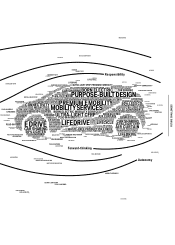 205
205 -
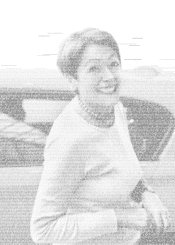 206
206 -
 207
207 -
 208
208 -
 209
209 -
 210
210 -
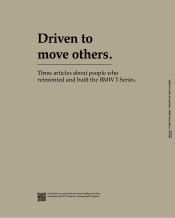 211
211 -
 212
212 -
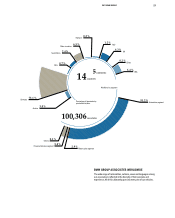 213
213 -
 214
214 -
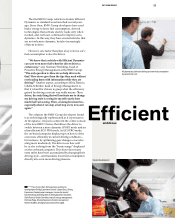 215
215 -
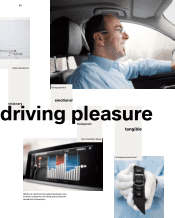 216
216 -
 217
217 -
 218
218 -
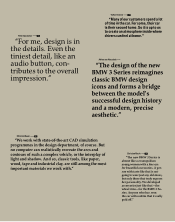 219
219 -
 220
220 -
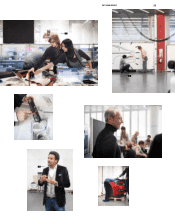 221
221 -
 222
222 -
 223
223 -
 224
224 -
 225
225 -
 226
226 -
 227
227 -
 228
228 -
 229
229 -
 230
230 -
 231
231 -
 232
232 -
 233
233 -
 234
234 -
 235
235 -
 236
236 -
 237
237 -
 238
238 -
 239
239 -
 240
240 -
 241
241 -
 242
242 -
 243
243 -
 244
244 -
 245
245 -
 246
246 -
 247
247 -
 248
248 -
 249
249 -
 250
250 -
 251
251 -
 252
252 -
 253
253 -
 254
254 -
 255
255 -
 256
256 -
 257
257 -
 258
258 -
 259
259 -
 260
260 -
 261
261 -
 262
262 -
 263
263 -
 264
264 -
 265
265 -
 266
266 -
 267
267 -
 268
268 -
 269
269 -
 270
270 -
 271
271 -
 272
272 -
 273
273 -
 274
274 -
 275
275 -
 276
276 -
 277
277 -
 278
278 -
 279
279 -
 280
280 -
 281
281 -
 282
282
 |
 |

2011 BMW GROUP 23
The first BMW Group vehicles to feature Efficient
Dynamics as standard were launched several years
ago. Since then, BMW Group developers have used
brake energy to lower fuel consumption, devised
technologies that activate electric loads only when
needed, and, not least, continued to improve aero-
dynamics. In this way, they have created vehicles that
are not only more dynamic, but also increasingly
efficient to drive.
However, one factor that plays a key role in a car’s
fuel consumption is also
the driver.
“We know that a vehicle with Efficient Dynamics
can save even more fuel when the driver drives a
certain way,” says Norman Wiebking, head of
Proactive Energy Management at the BMW Group.
“The only question is: How do we help drivers do
that? How do we give them the tips they need without
overloading them with information while they are
driving?” Another aspect, according to Silvia Patricia
Ghella-Schröder, head of Energy Management, is
that it is hard for drivers to grasp what the efficiency
gained by driving a certain way really means. “As a
driver, the only thing that will motivate me to change
my driving style is seeing for myself exactly how
much fuel I am saving. Then, cruising becomes fun –
especially when I can skip a fuel stop every now and
again.”
The solution the BMW Group developers found
is
as technologically sophisticated as it is persuasive.
At first glance, it is just a control in the centre console
of the new BMW 3 Series that allows the driver to
switch between a more dynamic SPORT mode and an
ultra-efficient ECO PRO mode. In ECO PRO mode,
the on-board computer displays tips on how to drive
even more efficiently in current driving conditions –
for instance, by optimising gear changes or acceler-
ating
more moderately. The driver sees how well
he
or she is doing from the “bonus range” displayed
on
the on-board computer. This shows how many
extra miles have been accumulated by changing their
driving style – and translates lower fuel consumption
directly into even more driving pleasure.
All planned out: defensive driving can lower fuel consumption
by up to 20 per cent.
1
Five of more than 180 associates involved in
developing the Driving Experience Control: Jürgen Geus, Driving
Experience Control project manager; Jos van As, head of
function design and integration of driving dynamics functions;
Silvia Patricia Ghella-Schröder, head of energy management;
Christian Popp, Driving Experience Control concept; and
Dietrich Achilles, driving functions (from left to right).
System development
Efficient
ambitious
